
Thinking about self-publishing your cookbook? Read this
POST 7
As I was listening to the BBC’s Food Program’s episode“Cookbooks of 2018” which you can listen here, I was thinking about how much has the publishing industry changed in the last few years and the impact it has had to enable many voices to create amazing content that otherwise would hardly see the light. The change in the way writing, publishing and distributing books has radically changed thanks mainly to the disruption of digital publishing that left out of the equation in a single stroke: literary agents, publicists, investors, editors, retail and bookshops (among other links in the chain). This has had many consequences that I won’t necessarily call as good or bad but they have indeed changed the rules of the game. What happens then when writing programs and low-cost e-publishing platforms are the only obstacle between writers and consumers?
The “old” editorial production chain has had many things to answer for, from discrimination, bias, commercialism, lack of diversity, abusive practices and until very recent, having almost absolute control of the book publishing industry. That is not to say that editors don’t play a key role as a “filter” between an enormous pool of writers who range between genius and mediocre and select the works they judge as worthy either because of the uniqueness of the content, the commercial potential of the work, or any other criteria that fits the publisher’s needs. All that is true, but surely there are many great storytellers among the 7.7 billion people in the planet and the number of writers and editors will always be higher by the millions.
This chart explains some of the many advantages of digital publishing:

So there I was facing this scenario, about 6 years ago, really wanting to create content from a deeply personal perspective about Mexican food and the enormous cultural significance it has, there is a disheartening amount of food books published that have “Mexican” in the title written by non-Mexican authors. This not only depressed but actually angered me, for too long has cultural appropriation enabled a care-free misrepresentation of a UNESCO listed heritage that surely can’t be reduced to a few salsas and copycat dishes. But where to start? And to be honest it wasn’t my interest to write from an angry place but with pride, inviting people to feel curious and willing to explore the history of dishes and recreate them with confidence. It took me about three years to get my head around, find my voice, define a format and get working, but the process has been paved with so many challenges I had never even thought about, self-learning, tutorial bingeing and relentless research have been my best strategy.
And that is why I want to share this aspect of my work with you, my work evolves constantly with the tools I use and it allows me to keep up with more ambitious and creative projects. So I’ve created a few lists of tools that have been fundamental for me, and on the next blog post I will share the top podcasts and books that will help you get to the next level in your work.
writing software
While there’s nothing wrong with the old pen and paper, going digital is the way forward, especially if like me, you need to travel, juggle other activities and need to write down whenever and wherever you need to.
- Evernote – great for making notes, organising book references, saving digital articles and creating separate notebooks for each topic. You can use the free version on your phone, computer and online, everything synchronises beautifully and you are not obligated to upgrade.
- Google docs – cheapest, most efficient way to host and access your work, has pretty much all the functionalities of word, is better than pages and you can always work offline and synchronise it to the cloud later. A must for me.
Spelling and grammar (my worst enemies)
As an incurable dyslexic I rely on other people’s eyes and help to unscramble my writing but I have re-trained my brain with a few tricks to help my sequence writing in check, plus avoiding embarrassing typos.
- Grammarly – has a freemium version which you can install on your computer, you can use a plugin for using it on your web browser, the only downside is that you can use it with google docs. I simply do periodic revision by copy/pasting from one to another, a bit fiddly but hey, its free and gets the job done.
That’s what works for me but maybe you need something different, in which case you can check some more services here.
Ok, now let’s get down to the real deal, which platforms to use?
While there are literally dozens of digital platforms out there, you have to think of the audiences you have in mind and the type of products you want to create. There are many about this, and believe me I’ve read a few dozens of books on the subject but let me break it down for you:
If your work relies heavily on (many) high-quality images then you might want to consider publishing on PDF. Yes is a bit more restrictive, most platforms won’t do the job of “selling it” for you and you still have to work hard to advertise it to your audience.
If that is the case the low-cost version that works beautifully for me is:
- Sellfy – You only pay a small fee every time someone makes a purchase it links seamlessly with PayPal and you can accept payments via credit cards or paypal. You can also create campaigns, add photos and descriptions to your products and create multiple promo codes.
There are many other services out there that do more for you but also charge more, you can chose depending on the size, format and needs you have and how much you are willing to invest. Read about some of them here.
- To Kindle or not to Kindle. Again, there is so much written about it, with many pros and cons, and it all comes down to the fact that Amazon has the world’s largest audience in the world, and your potential readers are probably there hoping to stumble with something exactly like what you want to write about. But like with everything in life, compromises have to be made, in this case is the format. Kindle Direct Publishing (KDP) generates its own file formats, that is pretty obvious, they want you to Crete content supported by their tablets, and apps, in this case Kindle. But the bigger your file is, including all those lovely photos, the more they will charge you to host it, and to be honest, kindle is not the best platform to admire photography.
Focus your attention on the fact that the world’s biggest audience is there so, maybe do another version of your book to publish on Amazon and a fancier version to sell on another platform. After all, in Amazon is about selling by volume not by units. You might have to lower your prices but sell more and faster, you get the idea.
This is really *just* the beginning, a few essential aspects introduce you to what digital publishing is. There are a squillion things to think about, such as:
- Photography
- Editing
- Formatting
- Cover design
- Pricing
- Advertising
In the next blogpost I will give you an actually helpful and curated list of books and podcasts to guide you in this brave new adventure of self digital publishing.


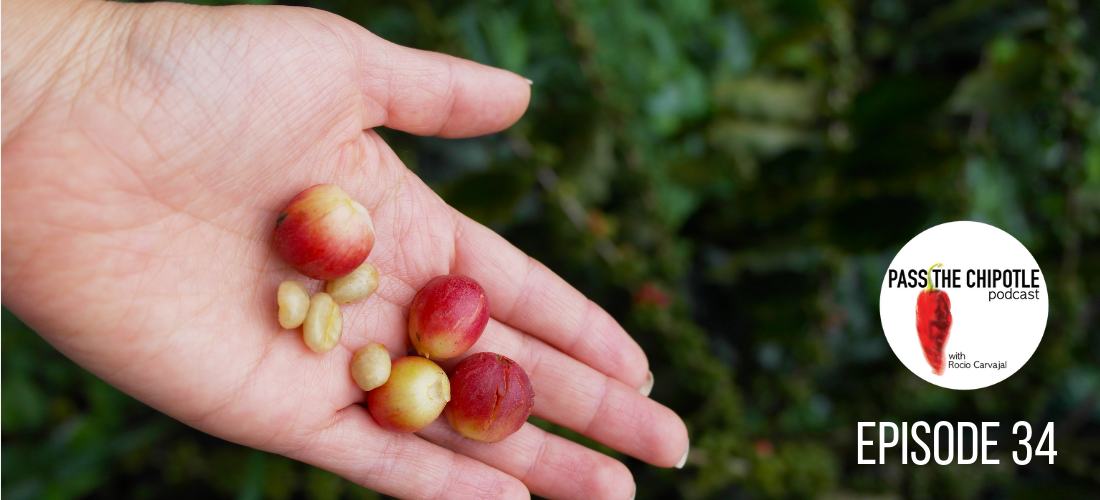

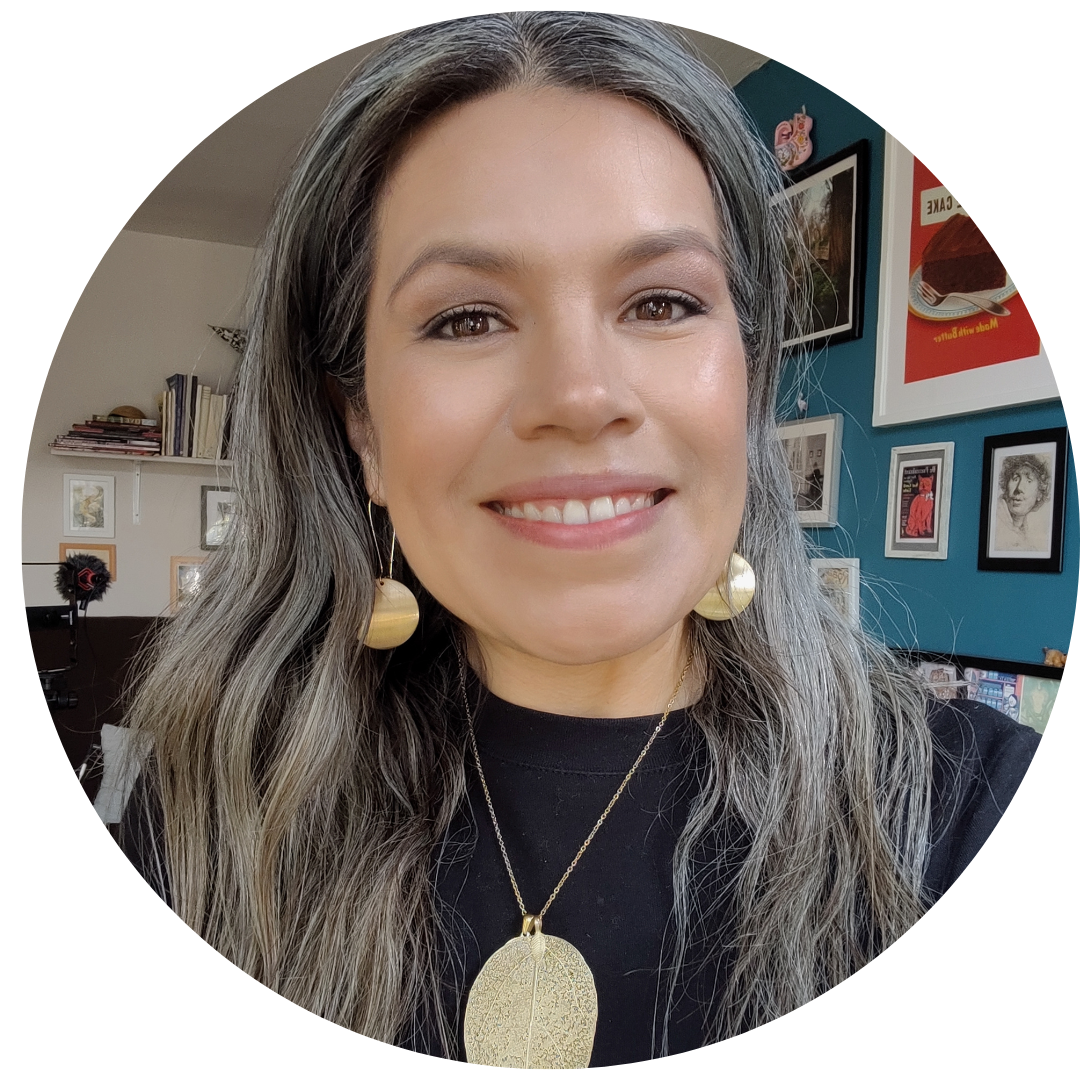


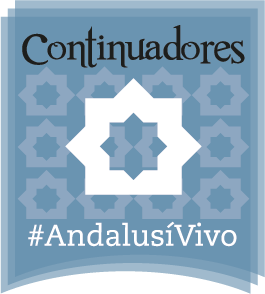
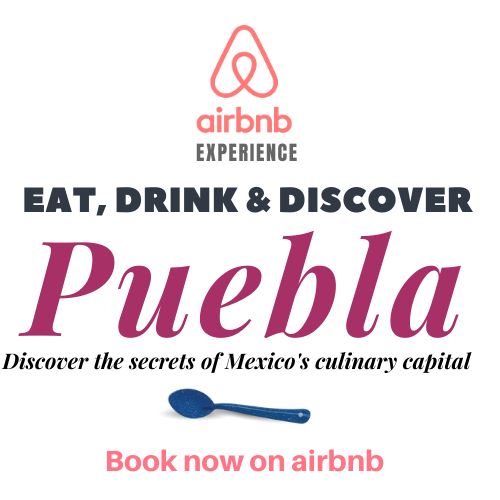
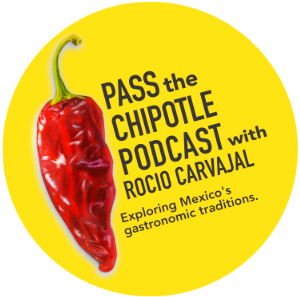
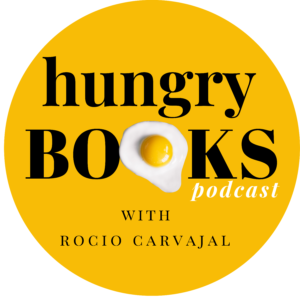
Comments (1)
The writer’s boneyard and other hacks to book writing – Pass the Chipotle – Celebrating Mexican Gastronomy
February 4, 2019 at 5:17 pm
[…] on the actual work of writing, in previous blog posts, I’ve talked about research, photography and digital publishing but all that is useless if you don’t actually sit down and write the content of your […]
Comments are closed